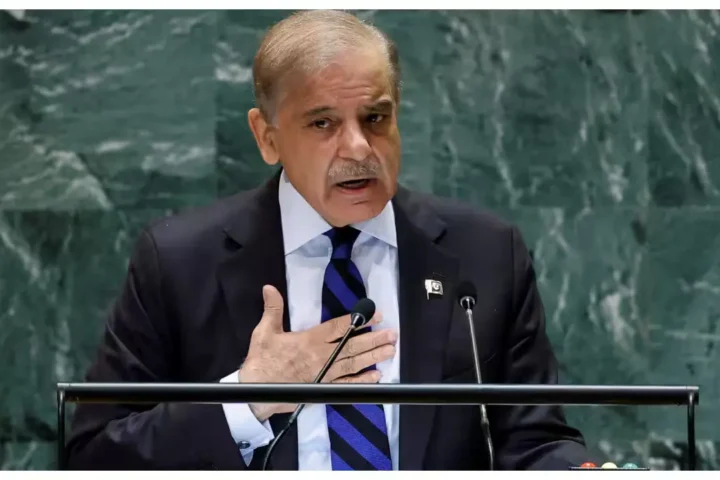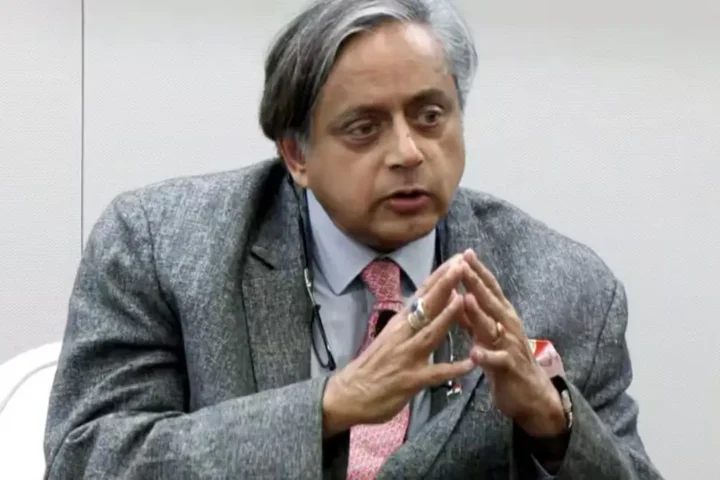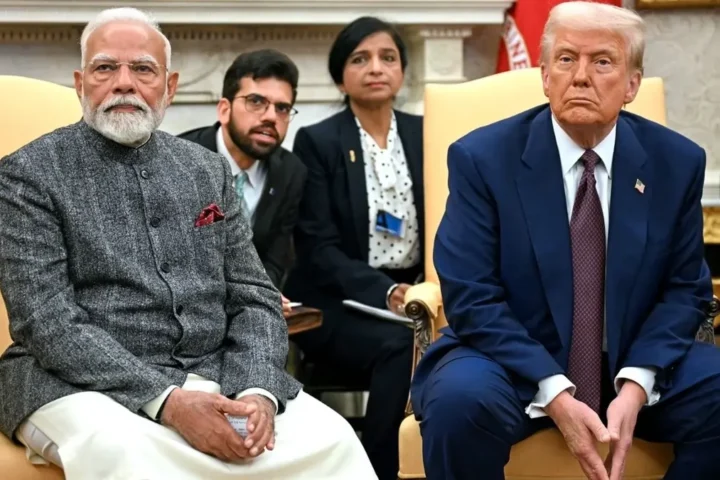Protesters in Bangladesh have stormed the presidential residence, demanding President Mohammad Shahabuddin’s resignation. This bold move underscores rising public frustration over economic hardships and corruption, heightening fears of a political crisis as the government faces mounting pressure to restore stability.

The Spark Behind the Protests
Government decisions perceived as harmful to citizens’ livelihoods, especially rising inflation in essential goods like food and fuel, ignited the protests. Combined with corruption allegations against the ruling party, public frustration has surged, leading to widespread demonstrations. For weeks, civil society groups, students, and opposition parties have rallied for accountability and reform. However, the recent storming of the presidential palace marks a pivotal moment in the movement, highlighting the protesters’ determination to be heard.
A Clash of Interests
Protesters clashed with security forces outside the presidential residence, creating a scene of chaos as they pushed through barricades. In a swift response, the government deployed riot police to restore order, resulting in injuries among demonstrators and raising fears of escalating violence. Yet, the protesters remain undeterred. “We will not back down until the president resigns,” declared a rally leader.
Interesting Reads
The International Response
The international community is closely monitoring the situation in Bangladesh. Human rights organizations have raised concerns about the government’s response to the protests, urging restraint and dialogue. The United Nations has called on the government to address the root causes of the unrest, emphasizing the need for democratic principles and human rights.
Implications for Bangladesh’s Future
Bangladesh’s political crisis threatens stability, with protests risking further unrest and deterring foreign investment amid rising inflation. The growing divide between the government and citizens highlights urgent demands for accountability and reform. Failure to respond effectively could result in a loss of legitimacy and erode public trust.
Conclusion
As Bangladesh faces this turbulent period, the future remains uncertain. Protests have unveiled deep-rooted grievances and pressured the government to rethink its priorities. With demands for the president’s resignation echoing in the streets, the situation is set to evolve, attracting global attention.
In the coming days, the resilience of protesters and the government’s readiness for dialogue will be crucial in determining whether Bangladesh can resolve its political crisis and restore stability for its citizens.







